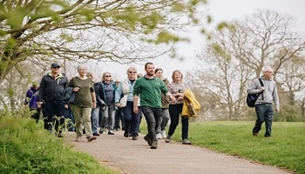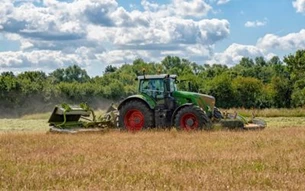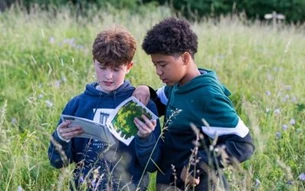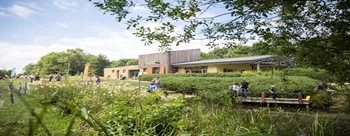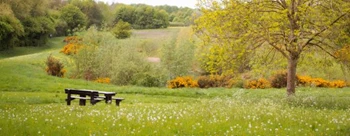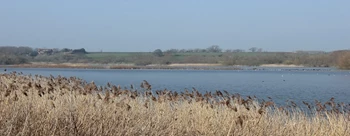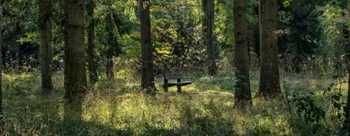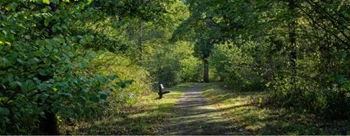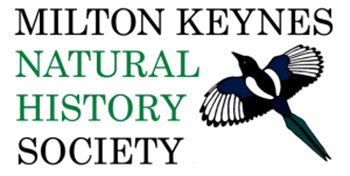Wildlife Blog: The Magical Kingdom of Fungi
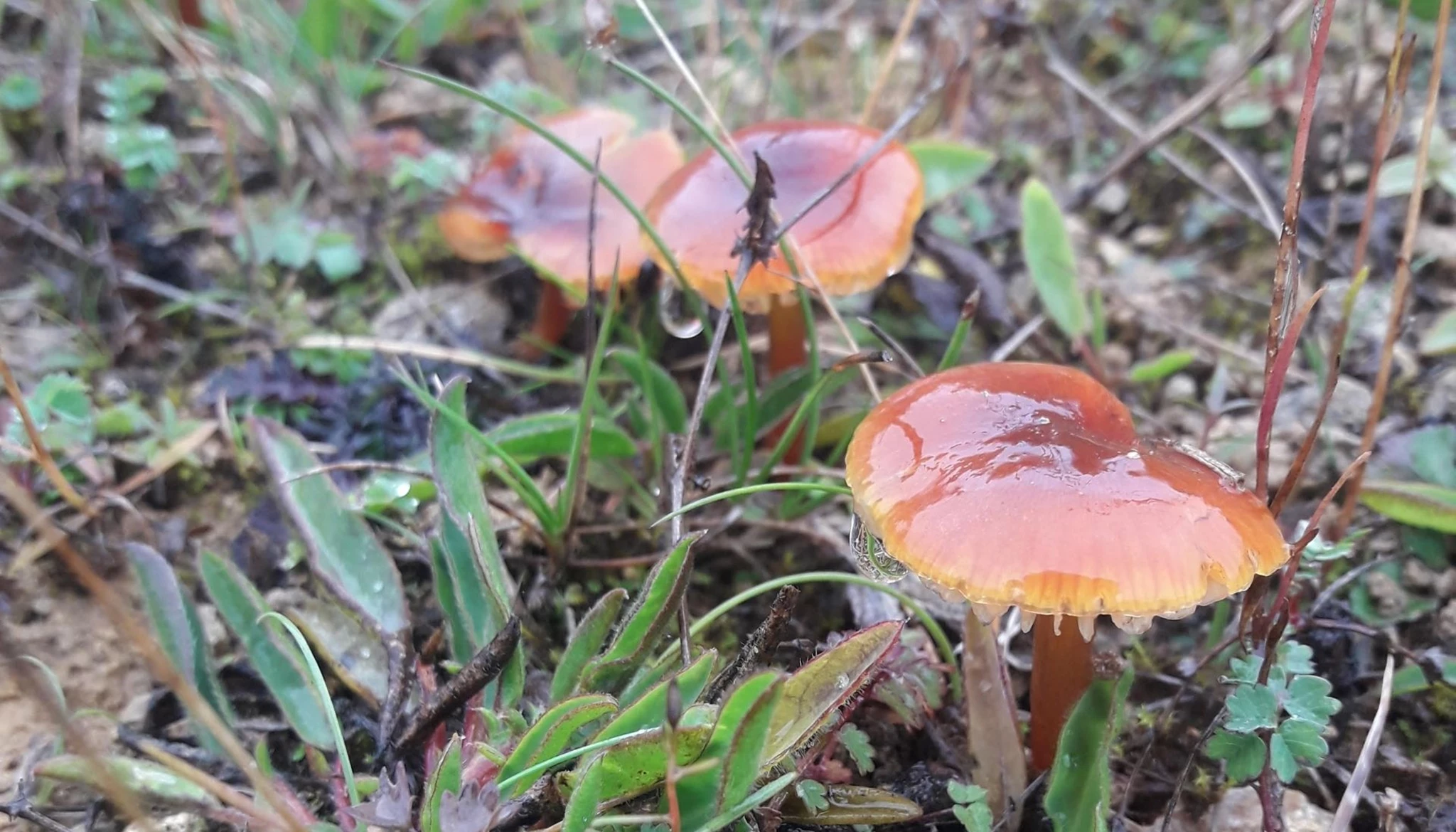
Woodlands become magical in the autumnal months!
As the daylight hours are drawing in and the days are getting shorter into winter, this is the time when fungi come to life. Although mushrooms can be found all year round, autumn is prime time for their fruiting bodies and is only the tip of the iceberg for the vast underground network of mycelia, extending many hundreds of meters away. From toadstools to fairy rings, fungi have a history of folklore and associations with magic throughout the past.
You might be surprised how many foods are made using fungi. Fizzy drinks, wine, beer, cheese, bread, Marmite, Quorn, coffee and chocolate all depend on fungi. Fungal mycelium is also being used to create environmentally friendly leather, packaging, and even building materials!
Fungi is in a kingdom of its own, separating it from plants and animals, consisting of mushrooms, bracket fungi, moulds, yeasts and (with algae) lichens. Mycology, the study of fungi, covers a range of 15,000 species found in the UK, but only 4,500 are typical mushrooms. With new species being discovered all the time, they provide a crucial source of the food web in Milton Keynes' parkland habitats for wildlife. Without fungi, the beautiful fallen autumn leaves would not break down into the soil.
From Chicken of the Woods to Turkey Tail, here’s some of the best fungi to look out for in Milton Keynes:
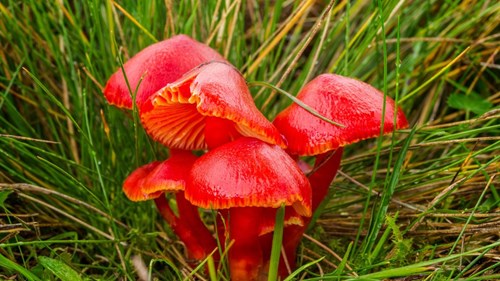
Scarlett Waxcap, Hygrocybe Coccinea
Usually associated with churchyards, these tiny mushrooms can be found at Stonepit field & Great Linford Manor Park.
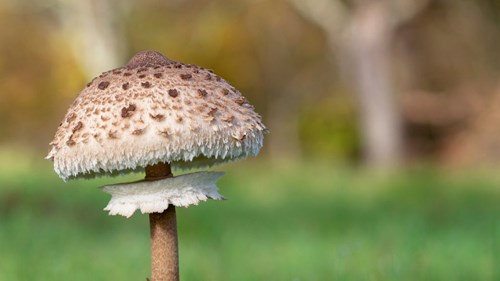
Parasol Mushroom, Macrolepiota Procera
These mushrooms are the easiest and largest to spot from June to September.
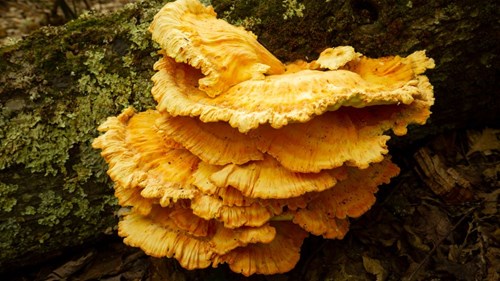
Chicken of the Woods, Laetiporus Sulphurous
A large yellow-white coloured bracket fungus that grows on trees and stumps.
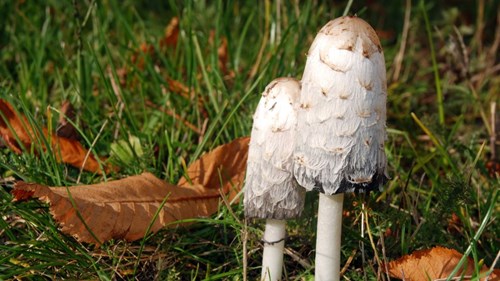
Shaggy Ink Cap, Coprinus Comatus
These are finger-shaped long cylindrical caps found between April and November. They are also known as Lawyer’s Wig.

Wood Funnel Cap, Clitocybe Geotropa
These can be found in rings in the months of August to December and is also known as Monks Head.
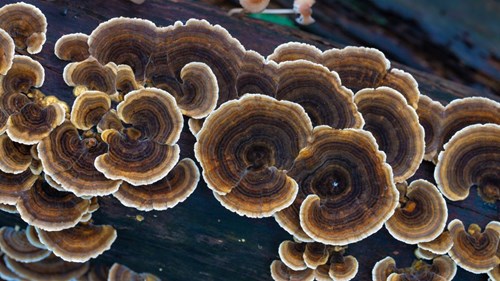
Turkey Tail, Trametes Versicolor
A distinctive colourful bracket fungus that grows throughout the year but is best in Autumn where you can find it in tiers on trees and dead wood.
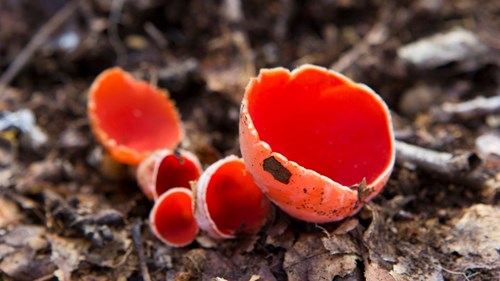
Scarlet Elf Cup, Sarcoscypha Austriaca
The mystical and cheery red cups grow on decaying sticks and branches in damp spots and beneath the leaf litter from December to April. The best place to spot these is at Linford Lakes Nature Reserve. In European folklore, it was said that wood elves drank morning dew from the cup!

King Alfred’s cake, Daldinia concentrica
These can be seen as black balls (small burnt cakes) on ash trees, fallen branches and rotten deciduous woodland all year round. Named after the king’s poor baking skills when hiding from the Vikings in the 9th Century. They are home to many insect larval stages.
Now that you might feel inspired, why not take on an adventure through your local green spaces and see what species of fungi you can spot? Don't forget to tag us in any photos using @theparkstrust on social media!

